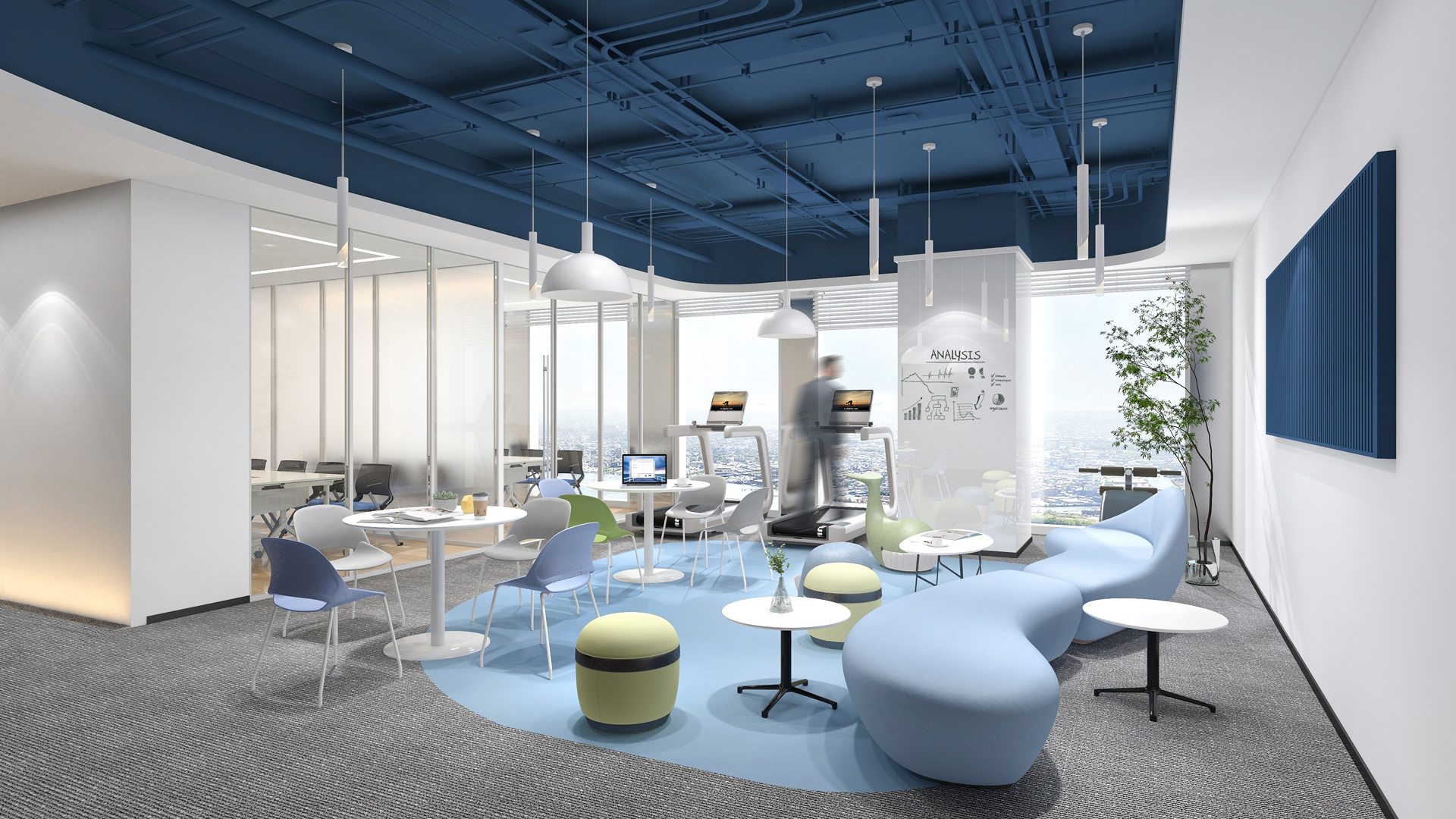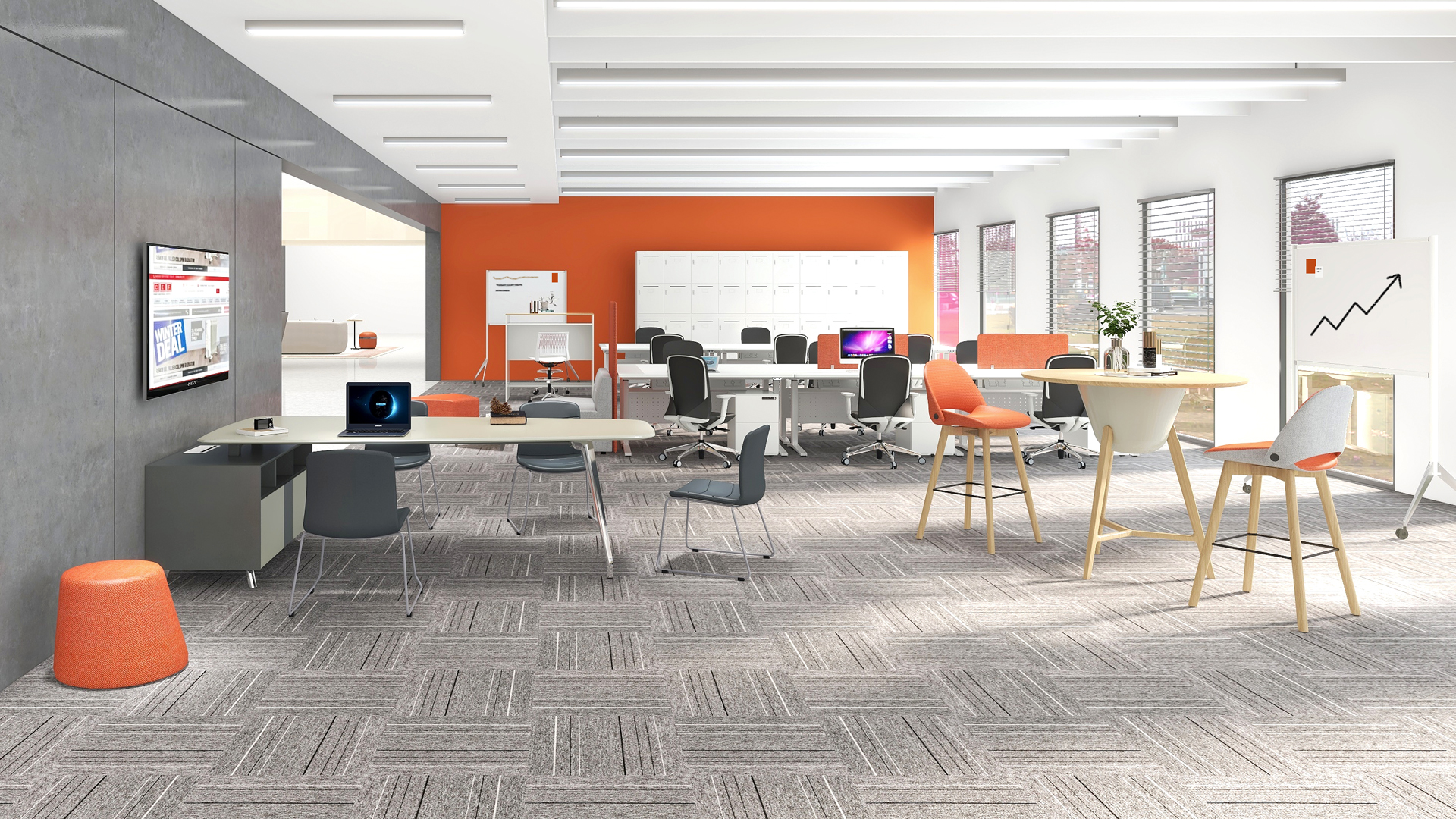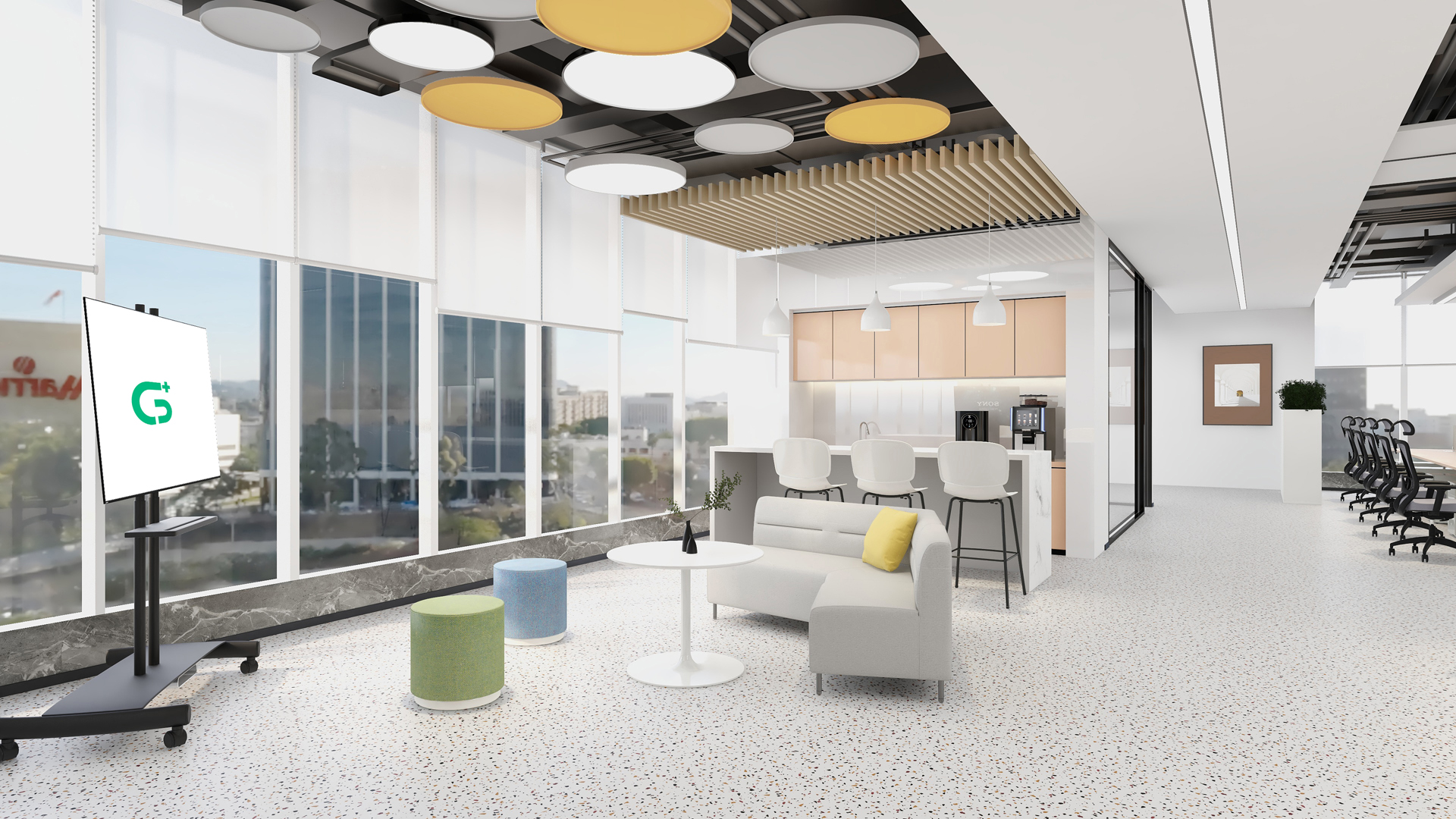
Hybrid offices, which combine the best of both physical and digital workspaces, are becoming increasingly popular among businesses looking to enhance their employee experience. By leveraging a human-centric design approach, these hybrid offices can create an environment that is tailored to the needs of their employees.
The goal of a hybrid office is to create an environment that encourages collaboration and creativity while also providing employees with the tools they need to succeed in their roles. By focusing on people-centric design principles, such as ergonomics, natural lighting, and soundproofing, hybrid offices can provide an environment that is both comfortable and productive for employees.
By creating a workspace that is tailored to the needs of its users, hybrid offices can help businesses create an atmosphere where employees feel valued and empowered. This in turn can lead to enhanced job satisfaction and improved productivity for all involved.

What is a Human-Centric Hybrid Office and Why does it Matter?
A Human-Centric Hybrid Office is a combination of physical and digital workspaces that are designed to meet the needs of employees. This type of office design emphasizes collaboration, creativity, and productivity while also considering the health and safety of its employees. The goal is to create an environment that allows for both digital and physical collaboration, communication, and productivity. It also takes into consideration the needs of remote workers by providing them with access to digital tools that allow them to stay connected with their colleagues. By designing a workspace that is tailored to the needs of its employees, companies can ensure that their workforce is engaged and productive in their work environment.
The Benefits of a Human-Centric Hybrid Office & How it can Improve Employee Experience
In a hybrid workplace, employees have the flexibility to work from home or in the office. This type of office design can improve the employee experience by creating a more comfortable and productive working environment. Hybrid offices can also promote collaboration and communication between remote and on-site workers.
By incorporating human-centric design elements, hybrid workplaces can create a sense of comfort, connection, and productivity for employees. This includes features such as ergonomic furniture, natural lighting, noise-reduction materials, and flexible seating arrangements. Additionally, companies should consider implementing strategies such as providing access to mental health resources or offering wellness initiatives that support their employees’ physical and mental health. With the right office design ideas and employee experience improvement strategies in place, hybrid offices can be an effective way to build an engaged workforce.

Creating a successful human-centric hybrid office requires thoughtful planning and design. It is important to consider the needs of both employees and employers when designing a workspace that can accommodate both. The goal is to create an environment that allows people to work in the most effective and comfortable way possible while still providing the necessary support for the organization's business goals. By taking into consideration factors such as ergonomics, safety, employee engagement, technology integration, and more, you can create an office space that is both efficient and welcoming for everyone involved.
Creating a Comfortable and Efficient Workplace
To create a comfortable and efficient workspace, it is important to consider the following factors:
Flexibility: The workspace should be flexible to accommodate the changing needs of employees. This includes the ability to switch between remote and in-person work, and the provision of private and collaborative spaces for employees to use as needed.
Well-being: The design of the workspace should prioritize the well-being of employees. This includes the provision of comfortable seating, natural light, and access to fresh air and greenery.
Productivity: The workspace should be designed to support productivity, including the provision of ergonomic desks and chairs, high-speed internet, and access to technology.
Collaboration: The design should promote collaboration, including the provision of communal spaces for employees to come together and work on projects.
Community: The design should foster a sense of community and connection among employees. This includes the provision of shared spaces for employees to socialize and connect with each other.

Conclusion
A human-centric hybrid office design creates a comfortable and efficient workspace that supports the well-being and productivity of employees. By balancing the benefits of remote and in-person work, companies can create a workspace that meets the changing needs of their employees and fosters a sense of community and connection.
A hybrid office design that prioritizes the well-being and comfort of employees is crucial in today's rapidly changing work environment. By creating a flexible, productive, and collaborative workspace, companies can ensure the success and satisfaction of their employees.